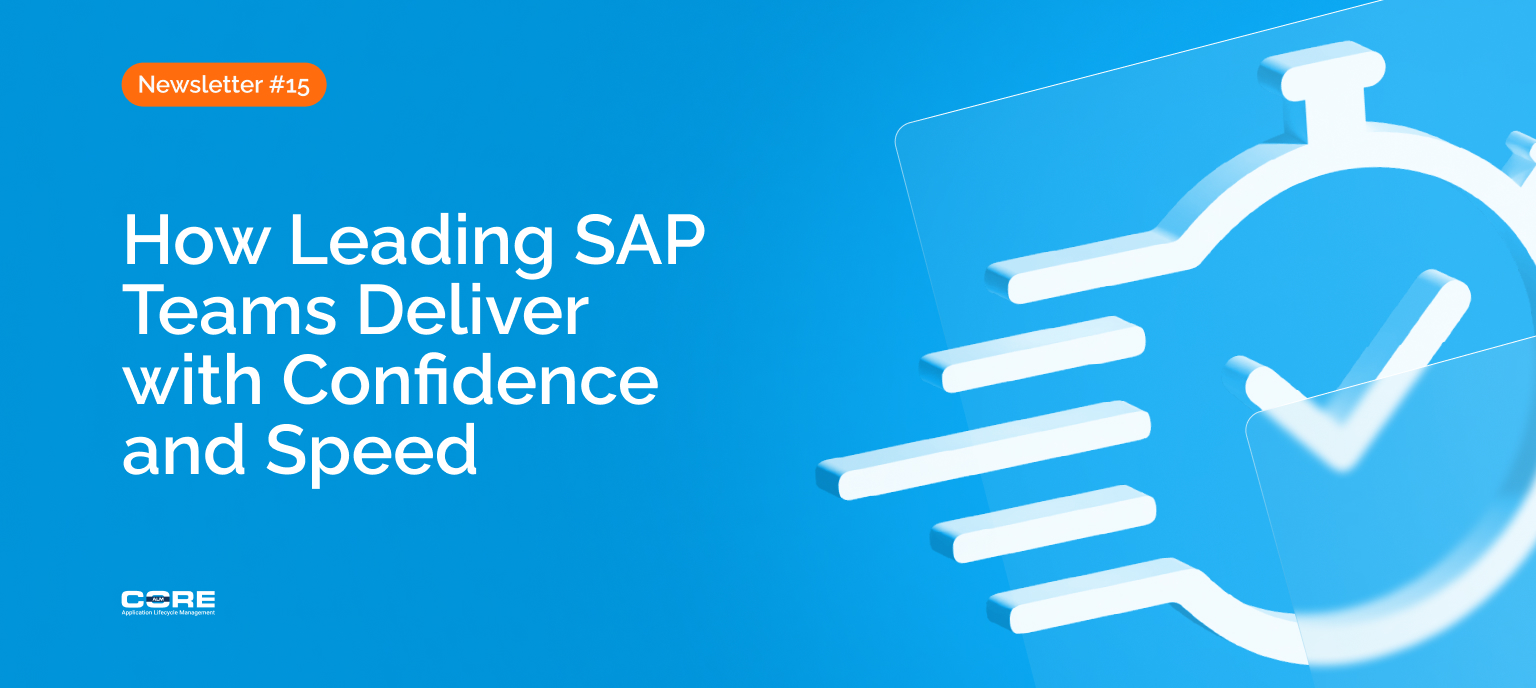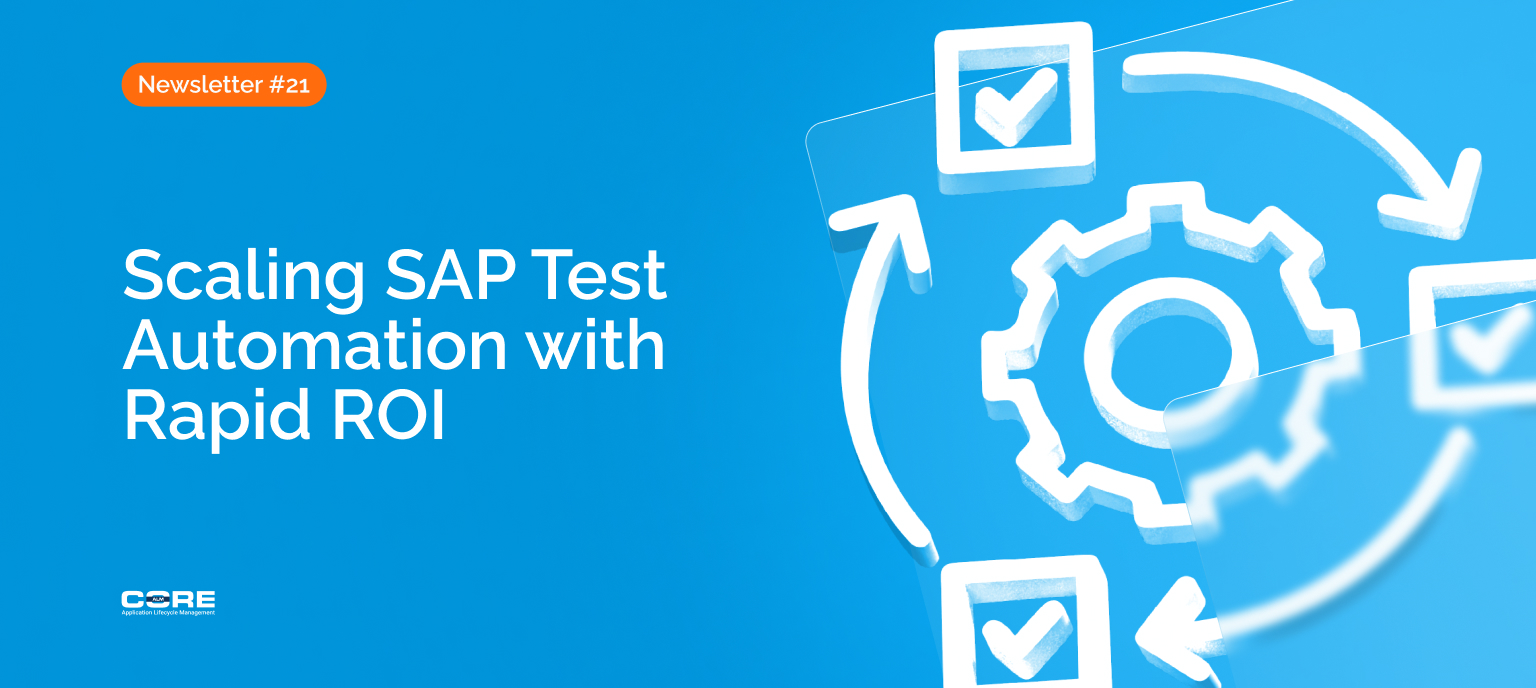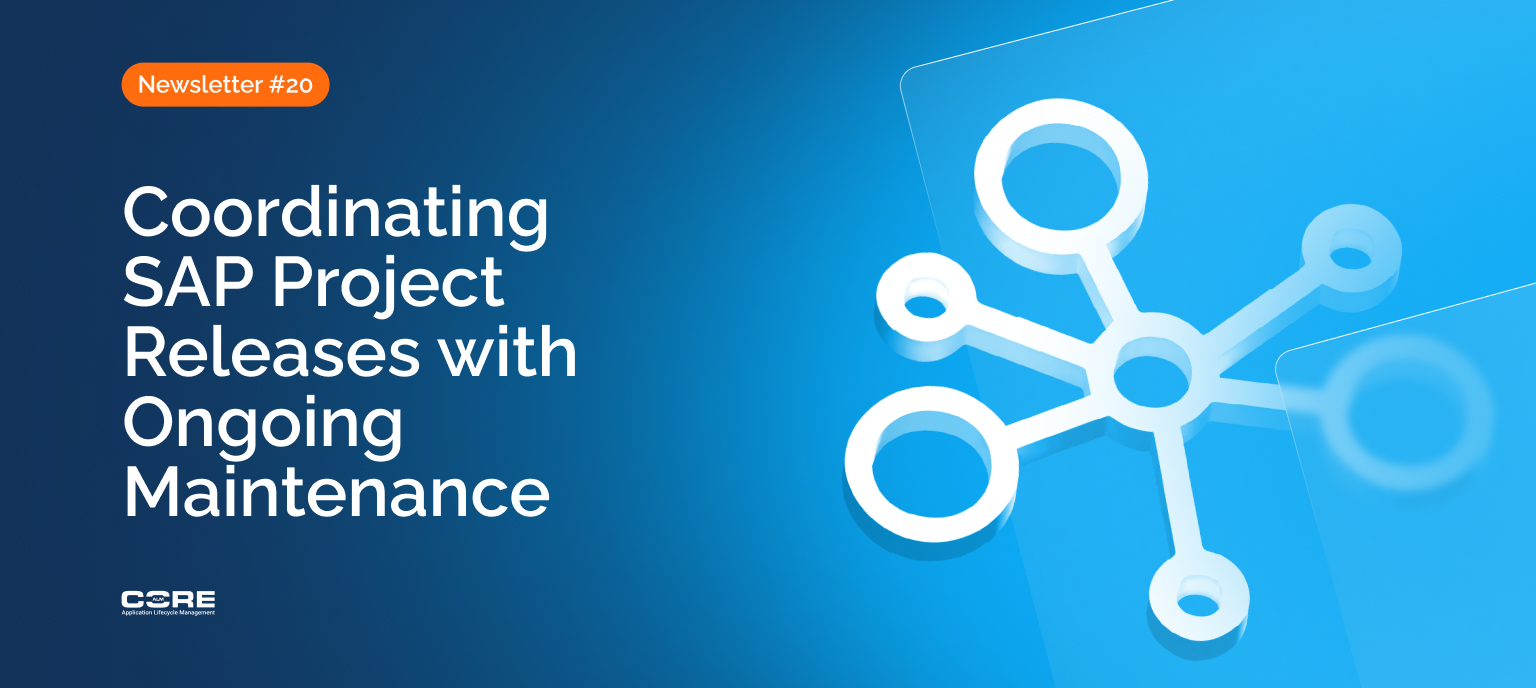Introduction
True speed comes from validating the process early, before code is written and exceptions pile up.
As we discussed in our last article, many SAP projects struggle not because they lack effort, but because they validate too late. Teams sign off on designs, configure the system, and only then discover broken integrations or gaps during end-to-end testing. By that point, fixing issues is expensive and deadlines slip.
Leading SAP teams avoid this trap. They model business flows in SAP Signavio and sync them into SAP Cloud ALM so those flows become scope items and SAP test scenarios the business can walk through early. They review these flows with the business, validate customizations in the broader business process, and keep validation continuous through test orchestration. It takes more time upfront but saves far more when the project burn rate is highest. Ultimately, this discipline ensures the project delivers on its business goals.
True speed comes from validating the process early, before code is written and exceptions pile up.
When SAP Testing Misses the Real Process
Projects often focus on validating documents and technical integrations, but neither confirms whether the business process truly works.
Blueprint sign-off is too shallow. Business stakeholders are often asked to approve designs by reviewing slides or diagrams of the happy path. Full walkthroughs of the process, including exception handling, are rare. As a result, gaps stay hidden until much later, when the system is already configured and hard to change.
Integration testing is too narrow. Most projects test integrations between applications, but only at the technical level. They confirm that data flows between SAP, middleware, and third-party systems. What is missing is a review of how those systems work together in the context of the SAP business process flow. The data posts correctly, but the downstream flow often breaks. True integration testing should validate the process itself, not just the data exchange.
Projects often focus on validating documents and technical integrations, but neither confirms whether the business process truly works.
Validating SAP Business Flows Before Build
Leading teams walk through business scenarios early, making exceptions visible before design is locked in.
Leading teams use Signavio and Cloud ALM to design business process flows and to turn those processes into testable scenarios they can walk through with the business.
From Signavio to Cloud ALM: Processes modeled in Signavio include steps, roles, and common exceptions. Synced into Cloud ALM, these become scope items linked to requirements and test cases. They move from static diagrams to executable scenarios. SAP now provides standard integration of Signavio with Cloud ALM, making it easier to connect process modeling directly to testing and validation.
Walking through with the business: Teams use these scenarios in design workshops, reviewing how each step unfolds in the actual SAP screens or target applications. Even if the process cannot be run end-to-end yet, the act of walking through exceptions with subject matter experts surfaces questions that expose design gaps early.
This ensures the business is not just signing off on theory, but validating how the SAP business process will work in practice.
Leading teams walk through business scenarios early, making exceptions visible before design is locked in.
Validating SAP Customizations in the Business Flow
It is not enough for a customization to function correctly on its own; it must work in the process it supports.
Custom developments are usually tested against their specifications, which proves they work technically. A report might total correctly or an enhancement might calculate pricing as designed. Yet if these are not validated inside the end-to-end process, they can still create downstream disruption.
Leading teams tie each customization to the Signavio process step it supports. A form is validated not only for formatting but also within the purchasing or sales flow where it is used. An enhancement is checked in the order-to-cash cycle to confirm it triggers at the right point and produces the right result.
Cloud ALM makes this practical by linking requirements, custom objects, and test cases. And when Cloud ALM is integrated with enterprise tools, the discipline is easier to sustain. CoreALM’s Jira Connector for SAP Cloud ALM and Azure DevOps Connector for SAP Cloud ALM synchronize requirements, user stories, and tasks across platforms. This ensures that every customization is tied to the right business requirement, visible in both SAP and non-SAP backlogs, and validated in context.
It is not enough for a customization to function correctly on its own; it must work in the process it supports.
Orchestrating Continuous SAP Testing
Confidence grows when validation happens continuously, not just at the end.
Even with strong scenarios and linked customizations, testing will fall short if it is treated as a one-time event. Leading teams use Cloud ALM as the orchestration hub for continuous testing.
Cloud ALM groups test cases into cycles that mirror the business flows defined in Signavio. These cycles can be run as soon as baseline configuration is available, then re-executed throughout the project to confirm nothing has broken. Connected automation tools, such as Tricentis, allow manual and automated tests to run in the same cycle. Results and evidence are captured automatically, creating a single,auditable record of readiness.
With this continuous testing approach, defects surface earlier, rework is reduced, test cycles run faster, and leadership has real-time visibility into which processes are ready, and which remain at risk.
Confidence grows when validation happens continuously, not just at the end.
Conclusion: Confidence Unlocks Speed
The fastest SAP teams are the ones that validate earliest and most completely.
Most projects eventually test the end-to-end process, but too late and too narrowly. Leading SAP teams change the sequence. They validate flows modeled in Signavio before build, test customizations in the context of those flows, and use Cloud ALM to orchestrate testing continuously.
By integrating SAP Cloud ALM with enterprise platforms, the approach becomes scalable and sustainable. CoreALM’s Jira Connector and Azure DevOps Connector keep requirements, tasks, and user stories synchronized, ensuring that what is being tested in SAP reflects what the wider team is building.
This approach requires more upfront effort, but it pays off when it matters most. Defects surface earlier, test cycles run faster, and the business gains confidence that the solution will work as intended. In today’s modular SAP landscapes, where integrations and extensions multiply risk, early process validation is not optional. It is the only way to deliver at speed without sacrificing quality.
Confidence comes from proving the process works. When that confidence is built in from the start, speed follows naturally.




